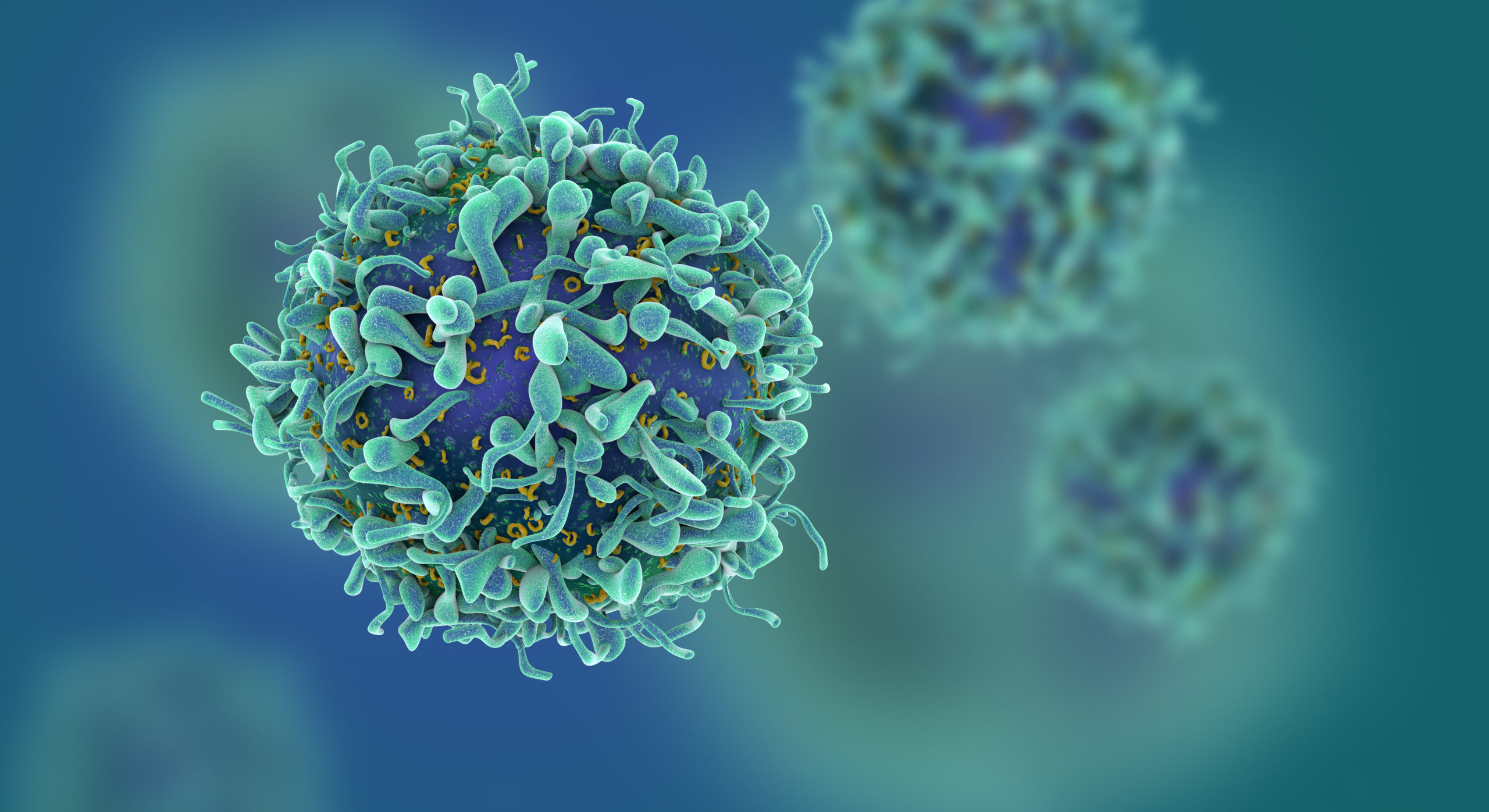
The Institute for Public Health and Medicine (IPHAM) recently hosted a webinar regarding the use of data modeling to evaluate COVID-19 transmission rates and containment efforts in the state of Illinois. The webinar featured Jaline Gerardin, PhD, assistant professor of Preventive Medicine in the Division of Epidemiology, and an international expert in measuring the effects of infectious disease containment efforts.
Since March, Gerardin has been using her expertise in data modeling to help the Illinois Department of Public Health predict the magnitude and distribution of the COVID-19 pandemic in the state of Illinois, as well as determine the effectiveness of public health approaches to combat the spread of the virus.
Gerardin, who is also a member of the Northwestern University Clinical and Translational Sciences (NUCATS) Institute, kicked off the webinar by presenting data from the Illinois Department of Public Health detailing the number of COVID-19 cases and COVID-19 related deaths in Illinois as of May 5.
Because COVID-19 testing requirements in Illinois have been constantly revised over the past few months, Gerardin noted that it’s been difficult to determine if the state is successfully containing the virus. Nonetheless, analyzing trends in COVID-19 related deaths and hospitalizations has helped better determine the effectiveness of containment efforts.
“Hopefully, one day in our journey of COVID-19, we will have plentiful testing and have a consistent case definition so that we will be able to understand much more rigorously what is going on in areas with less transmission,” Gerardin said.
Gerardin noted the recent release of Gov. Pritzker’s five-step reopening plan for Illinois and posed the following questions: When should Illinois reopen different parts of the state? What interventions should be implemented in reopened areas to avoid an increase in cases? How can public health experts determine earlier if areas begin to worsen, so prevention efforts can be implemented?
Gerardin’s team uses an expanded SEIR (Susceptible, Exposed, Infected, and Recovered) model to capture observed COVID-19 symptom progression and deaths in Illinois and, ultimately, predict COVID-19 transmission rates and hospital capacity needs in various areas of the state.
Gerardin discussed two hypothetical scenarios, comparing what COVID-19 related deaths would be if Illinoisans stayed at home forever versus if no stay-at-home order had been implemented by the state at all. According to the model, stay-at-home is working to slow the spread of the virus.
Discussing another hypothetical scenario, Gerardin explained that if every region in Illinois except Cook County and surrounding counties were to reopen in Mid-May, there would likely be a secondary peak of COVID-19 cases and related death in Illinois in July, August and the first half of September. That peak would not be as high as what was seen in mid-March, but there would be a resurgence of cases even in the other regions, because stay-at-home didn’t fully eliminate COVID-19, according to Gerardin.
“If we’re lifting an intervention, like stay-at-home, we might want to put in another intervention like contact tracing to prevent something like this,” Gerardin added.
If contract tracing — increasing the detection of mild and asymptomatic individuals and requiring them to quarantine — was implemented, the second wave of cases would come in September or October and the number of cases and deaths would potentially be lower.
Gerardin reiterated, however, that there are limitations to COVID-19 transmission rate data because results from data modeling don’t represent actual people or cases, and that model predictions are only as good as the data and assumptions they are built on.
Lastly, Gerardin listed, based on her perspective as a data modeler, what the criteria should be met to most safely reopen the state:
- Developing methods to quickly determine if reopened areas worsen, to give time to implement reactive measures;
- Implementing testing that is fast, accessible and high capacity;
- Using sentinel surveillance to assess COVID-19 prevalence in symptomatic, asymptomatic and pre-symptomatic individuals;
- Using high-quality contract tracing and quarantining infected individuals;
- Supporting programs that allow people to get tested quickly and quarantine safely;
- Improving monitoring of vulnerable populations, including residents and staff of long-term care facilities, prisons and essential workers;
- Acknowledging that different areas of the state may require different strategies.
Additional COVID-19 resources and tools for scientists and the public can be found on IPHAM’s COVID-19 Resources page.






